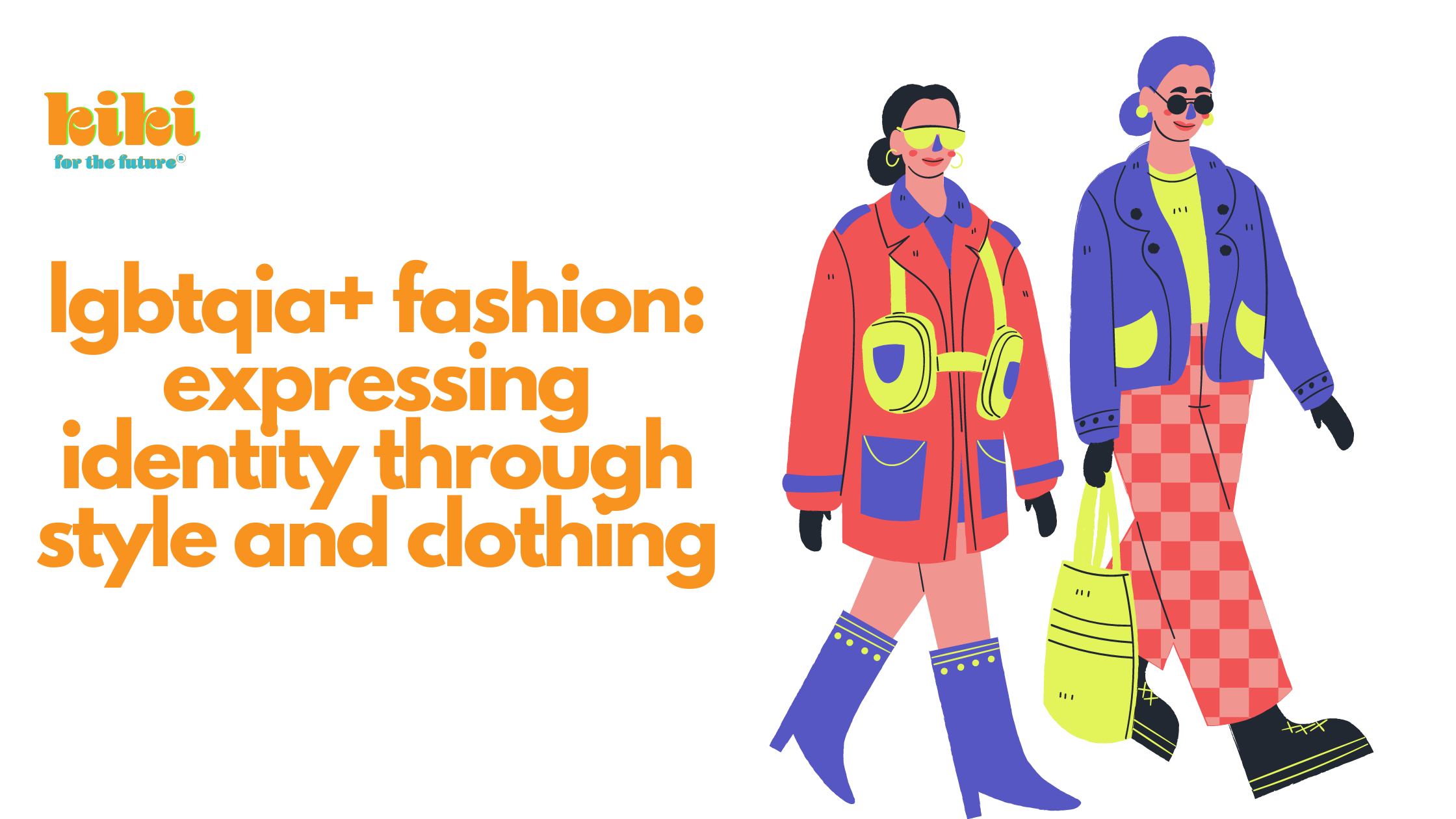
Fashion has always been an important form of expressing oneself, allowing individuals to showcase their personality, beliefs, and identity to the world. For the LGBTQIA+ community, fashion serves as a vital tool for expressing their unique identities, challenging norms, and celebrating diversity.
In this post, we’ll look into the vibrant world of LGBTQIA+ fashion, exploring how individuals within the community use style and apparel to express themselves genuinely.
Breaking Gender Roles
One of the most significant ways LGBTQIA+ individuals express themselves through fashion is by challenging traditional gender roles. This includes the call for folks to wear whatever they feel comfortable in, regardless of gender. Put on that crop top, skirt, or three-piece suit! Gender-neutral attire and non-binary fashion have become increasingly popular, giving people the freedom to dress according to their true selves rather than according to societal expectations.
Visibility and Representation
Fashion plays a pivotal part in adding visibility and representation for LGBTQIA+ individuals in mainstream culture. From high-profile fashion juggernauts featuring queer models to LGBTQIA+ fashion designers showcasing their creations on international runways, the industry has made significant strides in embracing diversity. While there is a long way to go in an industry built on fast fashion and an obsession with thinness and whiteness, there are more folks than ever committed to sustainability, representation, and inclusion.
By seeing themselves reflected in fashion media and advertising, some LGBTQIA+ people feel validated and affirmed in their identities. Additionally, diverse representation helps challenge conceptions and promote acceptance within society at large.
Celebrating Pride
Pride events around the world are synonymous with various processions, vibrant costumes, and extravagant displays of LGBTQIA+ pride. Fashion plays a central part in these celebrations, with many participants slipping on rainbow-themed dresses, glittery accessories, and other flamboyant pieces that reflect the spirit of Pride. There is such a wide array of what constitutes Pride attire. Beyond the rainbow-hued wear are other affirming fashion choices connected to a history of disruption — from leather harnesses to subtler accessories like hankies.
Beyond the apparent outer displays, Pride fashion also serves as a form of activism, reminding society of the ongoing fight for LGBTQIA+ rights. T-shirts with empowering taglines, buttons championing inclusivity, and flags representing different groups within the community are common sights at Pride events, signaling solidarity and defiance.
Supporting LGBTQIA+ Owned Brands
In recent times, there has been a growing emphasis on supporting LGBTQIA+ owned and operated fashion brands. These businesses not only offer unique apparel but also prioritize inclusivity, representation, and social responsibility.
By getting their due representations as LGBTQIA+ brands, the queer community gets a sense of recognition and achievement. Also, many of these brands use their platforms to advocate for LGBTQIA+ rights, contribute to affiliated causes, and foster a sense of community among their customers.
The Bottom Line
Fashion serves as an important form of expressing one-self and true empowerment for LGBTQIA+ individuals, allowing them to assert their individualities, challenge morals, and celebrate diversity.
From breaking gender morals to promoting visibility and representation, fashion plays a significant part in advancing LGBTQIA+ rights and fostering a more inclusive society.
At Kiki For the Future, we believe in the transformative power of fashion as a tool for social change. Join us in celebrating LGBTQIA identity and championing for a further inclusive world. Together, we can look forward to a future where everyone is free to express themselves genuinely and without fear. Through fashion, we can pave the way for a brighter, more inclusive future for all.